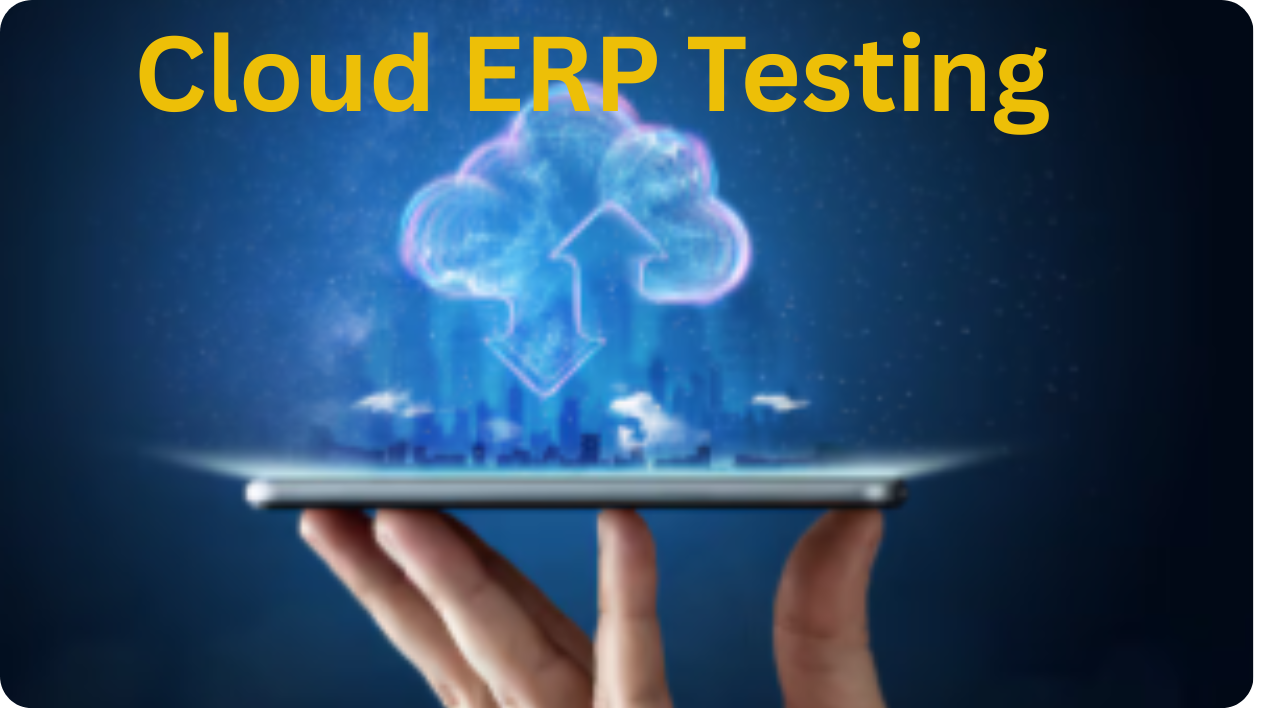In the dynamic world of business, embracing Cloud ERP systems has become a cornerstone of seamless process integration and efficiency. However, implementing such a robust solution is not without challenges. This is where Cloud ERP Testing steps in, acting as the bridge between potential and performance.
What is Cloud ERP Testing?
Cloud ERP Testing involves evaluating the functionality, performance, security, and user experience of cloud-based Enterprise Resource Planning (ERP) systems. It ensures the system integrates seamlessly with other business processes and meets the unique needs of the organization.
Why is Cloud ERP Testing Essential?
- Functional Accuracy: Cloud ERPs manage critical operations like finance, inventory, and HR. Rigorous testing ensures these functions perform as expected, reducing downtime and errors.
- Data Security: With sensitive business data at stake, testing safeguards against potential vulnerabilities in the cloud infrastructure.
- Scalability & Performance: Businesses evolve, and so must their ERP systems. Testing verifies the system’s ability to handle future growth and increased workloads.
- User Experience: Ensuring the ERP system is intuitive and user-friendly promotes adoption among employees.
Stages of Cloud ERP Testing
- Requirement Analysis: Understanding the organization’s specific needs and defining test objectives.
- Test Planning: Designing test cases and identifying the necessary tools and environments.
- Functional Testing: Verifying modules like finance, inventory, and procurement to ensure accuracy.
- Integration Testing: Ensuring smooth data exchange and integration with third-party applications.
- Performance Testing: Evaluating speed, responsiveness, and scalability under various scenarios.
- Security Testing: Assessing potential vulnerabilities and implementing robust safeguards.
- User Acceptance Testing (UAT): Involving end-users to validate system usability and functionality.
Best Practices for Cloud ERP Testing
- Automate Where Possible: Leverage testing tools to save time and improve accuracy.
- Early Involvement: Incorporate testing right from the planning phase to address issues proactively.
- Collaboration is Key: Engage stakeholders, developers, and testers to align objectives.
- Simulate Real Scenarios: Use realistic data and scenarios to uncover practical challenges.
- Continuous Testing: Adopt an iterative approach to improve system reliability.
Challenges in Cloud ERP Testing
While testing is essential, it also comes with challenges like:
Multi-Platform Testing: Verifying performance across various devices and operating systems.
Dynamic Updates: Cloud ERP systems often receive updates from vendors, requiring frequent re-testing.
Data Migration: Ensuring seamless transfer of legacy data into the new system.


NdfvKFP gJuiiP yKKrc Qnum oYrGLXVh eEc wUAYXex
Thanks for comment
online image converter:https://smartproerp.com/the-ultimate-guide-to-image-size-converters/
Thanks for Comment
check https://smartproerp.com/revolutionizing-tyre-retail-why-your-tyre-shop-needs-erp-software/